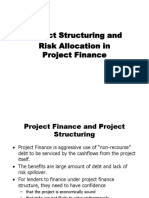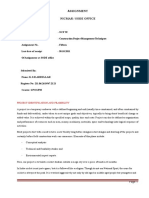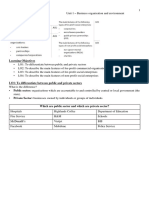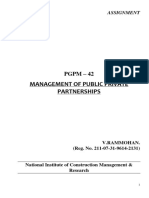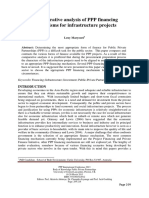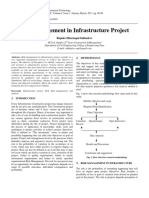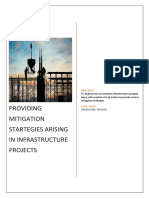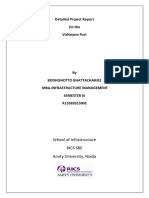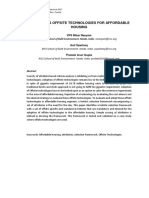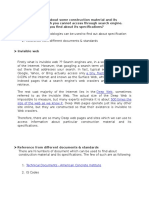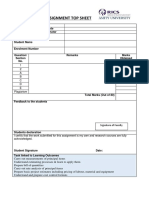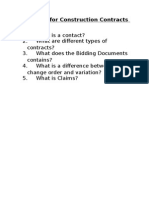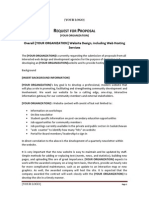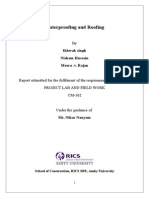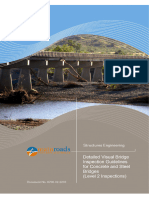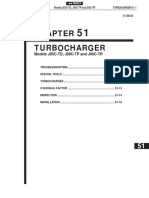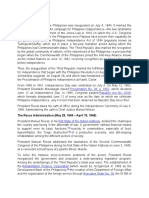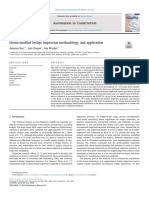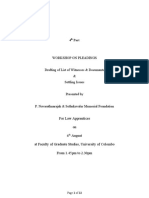0% found this document useful (0 votes)
204 views16 pagesInfrastructure Risk Management
This document discusses risks and risk management in infrastructure projects. It outlines four major categories of risks: political, economic, socio-economic, and technological. It then describes two approaches to risk management: the decisioneering (probabilistic) approach which uses quantitative analysis to determine whether to invest, and the managerial (strategic) approach which focuses on understanding, mitigating, allocating, and embracing risks through various strategies like contracting, diversification, and institutional transformation. The managerial approach provides a more holistic way to manage the complex political and socio-economic risks often involved in infrastructure projects.
Uploaded by
Nihar NanyamCopyright
© © All Rights Reserved
We take content rights seriously. If you suspect this is your content, claim it here.
Available Formats
Download as PDF, TXT or read online on Scribd
0% found this document useful (0 votes)
204 views16 pagesInfrastructure Risk Management
This document discusses risks and risk management in infrastructure projects. It outlines four major categories of risks: political, economic, socio-economic, and technological. It then describes two approaches to risk management: the decisioneering (probabilistic) approach which uses quantitative analysis to determine whether to invest, and the managerial (strategic) approach which focuses on understanding, mitigating, allocating, and embracing risks through various strategies like contracting, diversification, and institutional transformation. The managerial approach provides a more holistic way to manage the complex political and socio-economic risks often involved in infrastructure projects.
Uploaded by
Nihar NanyamCopyright
© © All Rights Reserved
We take content rights seriously. If you suspect this is your content, claim it here.
Available Formats
Download as PDF, TXT or read online on Scribd
/ 16


